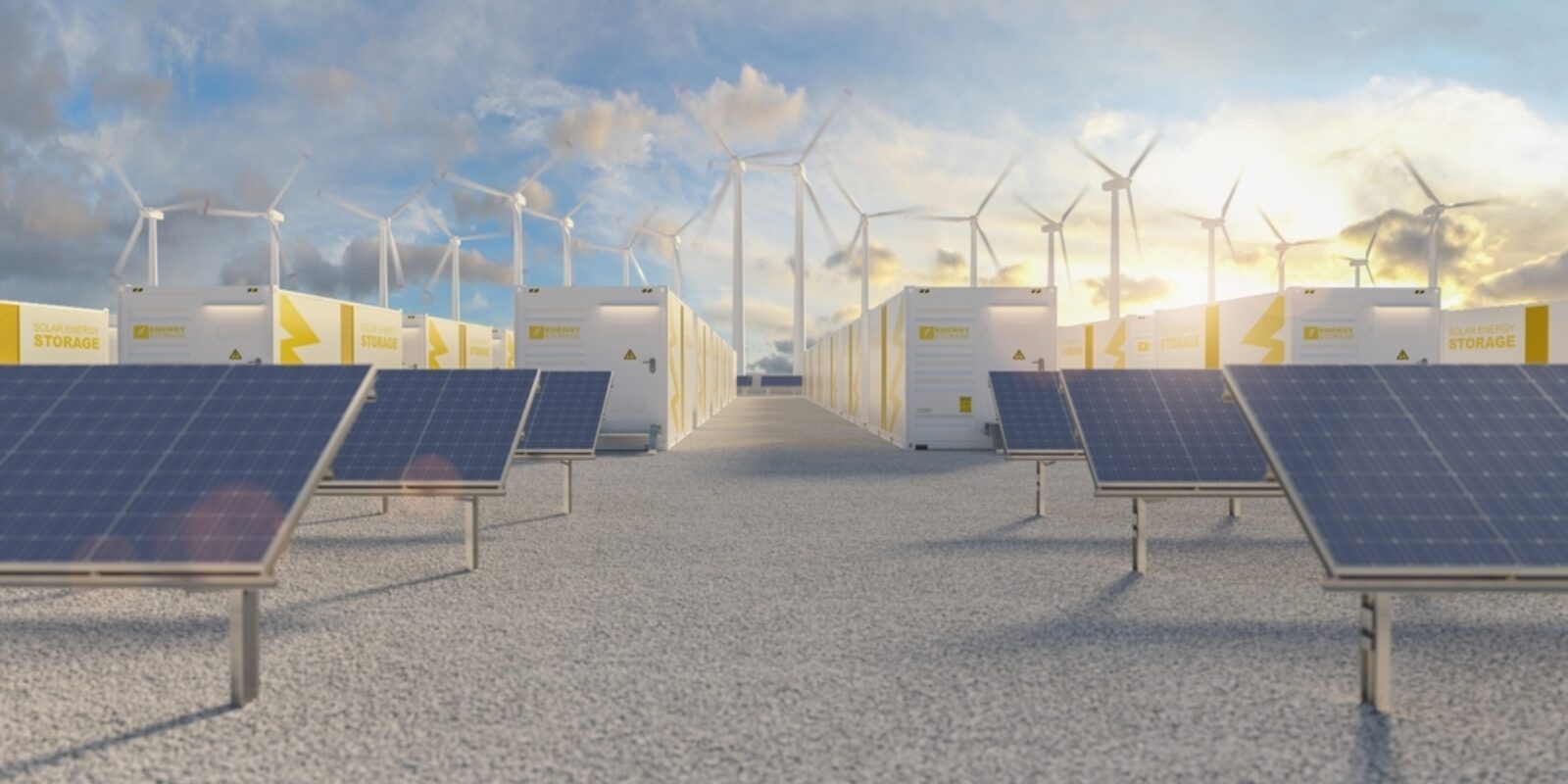Lofty Renewables Goal Announced at COP28 Will Be Powered by Batteries
Dec 21, 2023

At the recent United Nations Climate Change Conference (COP28), leaders announced a goal both necessary (for the health of the planet) and lofty (due to the scope of change it calls for): the tripling of renewable energy capacity worldwide by 2030.
Getting there will require shifting existing power grids to accommodate renewable energy sources like solar and wind—as well as building out new infrastructure for energy storage. One type of energy storage technology in particular will prove indispensable in the coming years: batteries. Indeed, the COP28 report states that cumulative global battery storage must increase by a staggering factor of 21 between 2020 and 2030 to achieve its ambitious goal.
"Everyone" understands the importance of EV batteries, but the impact of ESS is so far less understood
Even so, batteries remain poorly understood as a necessary component in power grids of the future.
“I think everyone understands the importance of chargeable batteries for electric vehicle penetration because you need batteries in an electric vehicle,” says Tom Jensen, co-founder and executive chairman of FREYR, a producer of next-generation battery cell production capacity. “But people don't fully appreciate or recognize the role that batteries can play in balancing renewable energy as a main source of energy into the grids.”
This balancing is needed because renewable power sources like solar and wind are variable renewable energy sources, meaning the electricity they produce depends on weather conditions. To avoid the power shortfalls or blackouts that could result from capricious weather, excess energy is gathered in favorable conditions and stored in batteries for later use. This will keep power grids resilient—especially in areas subject to extreme weather conditions. In short, a robust battery supply is a must for a strong and reliable renewable future.
Batteries can mitigate "constipations" in the grid
A recent Stanford University study simulated the scenario of various U.S. state power grids being shifted to 100% renewable energy assisted by a large battery supply. The study’s authors sought to test the vulnerability of these simulated grids in extreme scenarios, and their findings were highly encouraging.
Not only did they find that concerns about potential blackouts were easily mitigated by strategic use of different types of clean energy appropriate to each region, but they also found that batteries were central in maintaining the stability of the grids.
The study also predicts enormous cost savings on energy prices after the transition to clean energy. The Stanford Woods Institute reports: “Under these scenarios, the researchers further found that per capita household annual energy costs were nearly 63% less than in a business-as-usual scenario. In some states, costs dropped as much as 79%.”
Jensen echoes these findings. “Not only can the U.S. avoid any blackouts by implementing such a system, the technology is there to implement that system, and the system will probably cost less than half of the alternative. It will actually drive down energy costs quite significantly.”
It’s clear from this analysis that, ultimately, it’s the consumer who stands to benefit from the new battery-backed power grids being driven by COP28’s recommendations.
Decentralizing clean energy can further drive down energy costs
Another benefit embedded in the transition to clean energy is that power structures will become decentralized as they ease their dependence on the suppliers of fossil fuels.
“In the current energy structure, there are a couple of regions around the world that are the predominant suppliers of energy,” Jensen explains. “But in a world where solar and wind are the predominant energy sources, that is something you capture locally. You capture it wherever you are, and then you use it wherever you are, and then you store it wherever you are. You're moving from an energy system where energy is produced in specific regions and exported everywhere to energy being produced and consumed on-site or locally to a much larger extent.”
Capturing energy locally further drives down costs, and it also means increased access for consumers in rural areas who may be disconnected from existing power structures. A report by the World Economic Forum, for example, predicts that around 600 million people can gain energy access if renewable energy and batteries are scaled up to the projected 2030 levels.
As the COP28 report asserts, ambition must become action if the Paris Climate Agreement’s 1.5℃ goals are to be met. The current pace of change falls short, but the shift to renewable energy continues to build momentum. As power-grid infrastructure continues to bring in renewable energy sources, batteries will provide the balance needed to keep these new systems resilient, flexible, and valuable—for consumers, above all.
